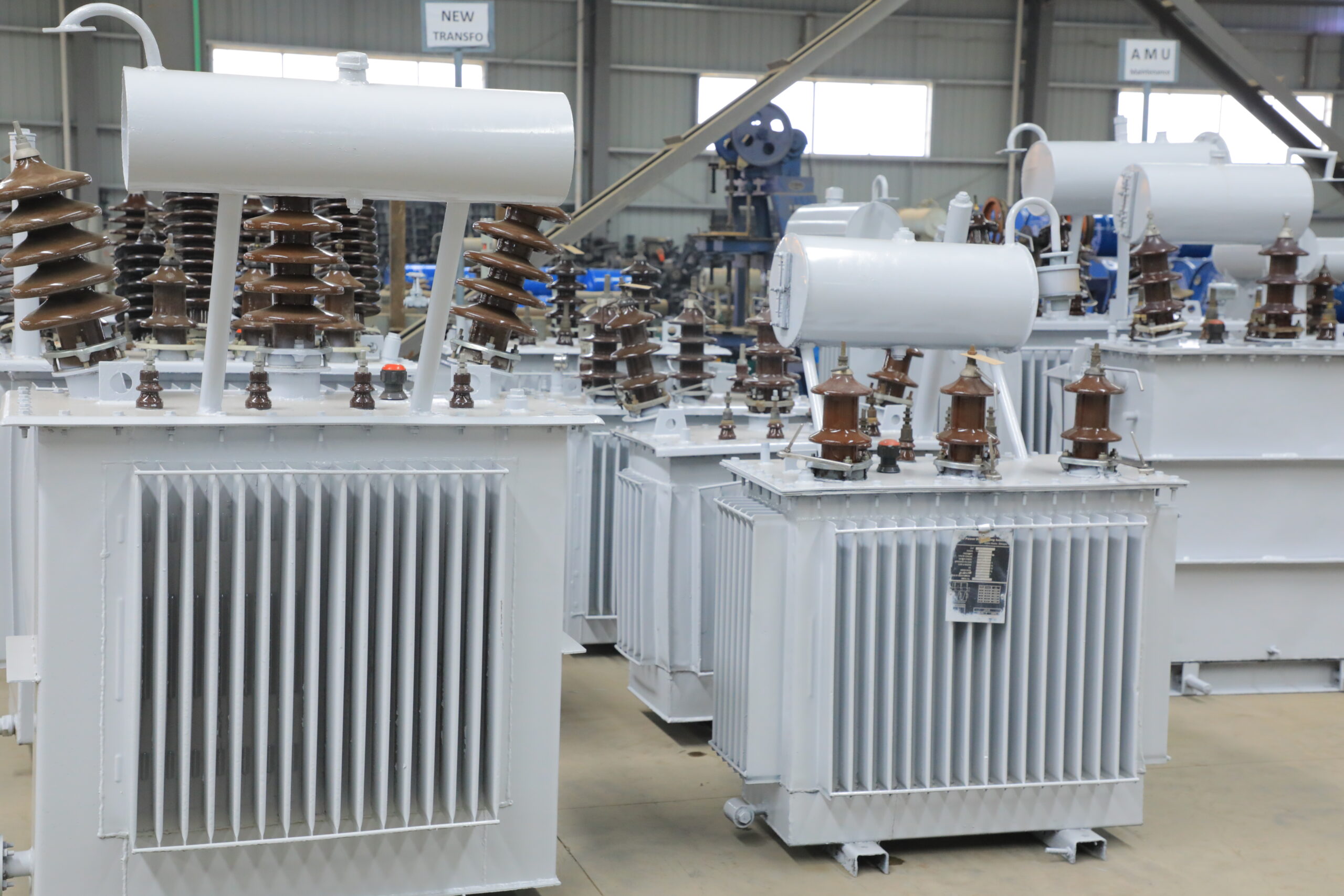
The main objectives of the industrial development encompasses amongst others, promoting
use of domestic raw materials , labor, competitive domestic industrial and private sector
development, creating employment opportunities , increaseing industrial production and
productivity.
- Agro Processing
- Textile and garment industries
- Leather and leather products industries
- Sugar and sugar related industry
- Metal and metal engineering
- Chemical Industries (Cement industry, pharmaceutical industries, construction materials
- Production industry,
- Assembly factory (Vehicles, electronics, agricultural machineries & amp; others, fertilizer factory and soap and detergent factory).
Some Specific Manufacturing Industries Investment Opportunities
- Light manufacturing (textile and garment, leather, agro-industry, electronics),
- Basic and import substitution as well as export (steel, equipment, chemical, and pharmaceutical)
- Strategic (energy, ICT, and biotechnology)
Hotel & Tourism
Star-rated hotels, lodges, restaurants and grade 1 tour operations
- Natural attractions of the region include landscapes, lakes, pristine forests, parks, lakes, caves waterfalls, and other natural wonders, , unique/endemic and endangered species, birds, reptiles, and other animals.
- The region also possesses tangible heritages: rock paintings/rock arts, museums, forts, churches/monasteries, mosques, sanctum /shrines, historic palaces, distinctive architecture, archaeological site, memorial monuments, megalithic sites and various other historical remains.
- Besides, arts and material culture of the Oromo such as artifacts and crafts, means of living , methods of production, music, dances/cultural performances, dressing styles and hair dressings, culinary/traditional cuisine, sociopolitical and ideological Culture, the Gada System of the Oromo (UNESCO registered), religious and culture based spiritual practices, large cultural events such as Irecha Ceremonies etc.Oromia is thus entitled for brand “Humanity and Nature in unity.”
Wanchi Crater Lake Ecotourism
Ecotourism in Adaba—Dodola
Oromia region has huge investment potentials for agricultural development. In oromia region Investment in agriculture sector is attractive and profitable in diverse subsectors ranging from food products, industrial raw materials to bio-fuel.The region has fertile soils and diverse agro-ecology that makes it ideal for agriculture. Crop production, livestock and forestry account for 49%, 14% and 4% within the sector respectively .
Food crop Production
- Maize,
- Wheat and
- Barley
Commercial crops:
- Cotton
- Malt barley
- Sugar cane
- Sisal
- Tobacco
- Grape
- Flowers
- Spices, etc
Coffee
Coffee Arabic is a species of coffee originally indigenous to the South-easternHighland of the country in Jima zone of Oromia Region.
Coffee is the major source of foreign exchange for the country, accounting for 50–60% of total exports. Out this, more than 50% is produced in Oromia Region.
Tea
Oromia produces a significant amount of tea for local consumption.
